It’s been a while since I updated this space, and let everyone know what was going on. What’s happened in the last while?
-Mr. Turtle went on his second training deployment, and it was better than when we was gone for basic training, but mostly because I had some really wonderful friends to help out. I got both COVID and tested positive for both types of flu, all at the same time.
-Summer 2023 came and was filled with summer camps, family get-togethers, one trip to the NC mountains with one side of the family, one trip to VA mountains with the other side of the family.
-My brother closest to me in age donated a kidney to my father. It took up a lot of the family’s attention. They both recovered well, thank you for prayers and help during that time.
-Fall 2023 came around. Michael left for his third, final, and longest Navy training deployment. It started less than a month after school started for the girls. Little Turtle #2 started Kindergarten. Turtle #1 was going to PT and therapy twice a week. I spent all fall driving back and forth.
-We visited Mr. Turtle in Colorado, had a wonderful time, came home, and I came down with COVID and Flu again while Turtle #1 had strep. Recovery from all of that was slow.
-Mr. Turtle surprised us by coming home 3 weeks early on Thanksgiving day. It was wonderful having him home. And hard.
– The holidays barreled into us like a freight train. It was lovely and exhausting, and I was weary in my soul.
-New Years was spent with friends, quietly.
– Post New years we got together with the other side of the family.
… And suddenly now it’s nearing the end of January, and I finally feel like my feet are getting under me. There’s a lot of customers that are on the waiting list for repairs. I’ll be working through them as fast as I’m able. I know a few of you felt like you were shouting into a void, as I was terribly slow to respond, if at all. I’ve been taking on limited clients, mostly repeat customers during the last 10 months or so. But my book-keeper, Mr. Turtle was away so much, and when we were together we were focused on family and children.
So I’ll be taking on as many clients as I feel like I can serve well. For some of you I may be pointing you at other repair businesses if I think they will serve your needs. I am so thankful that you all have been so patient.

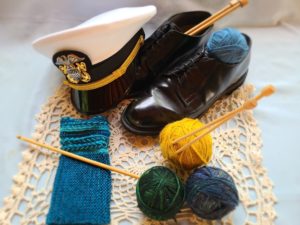

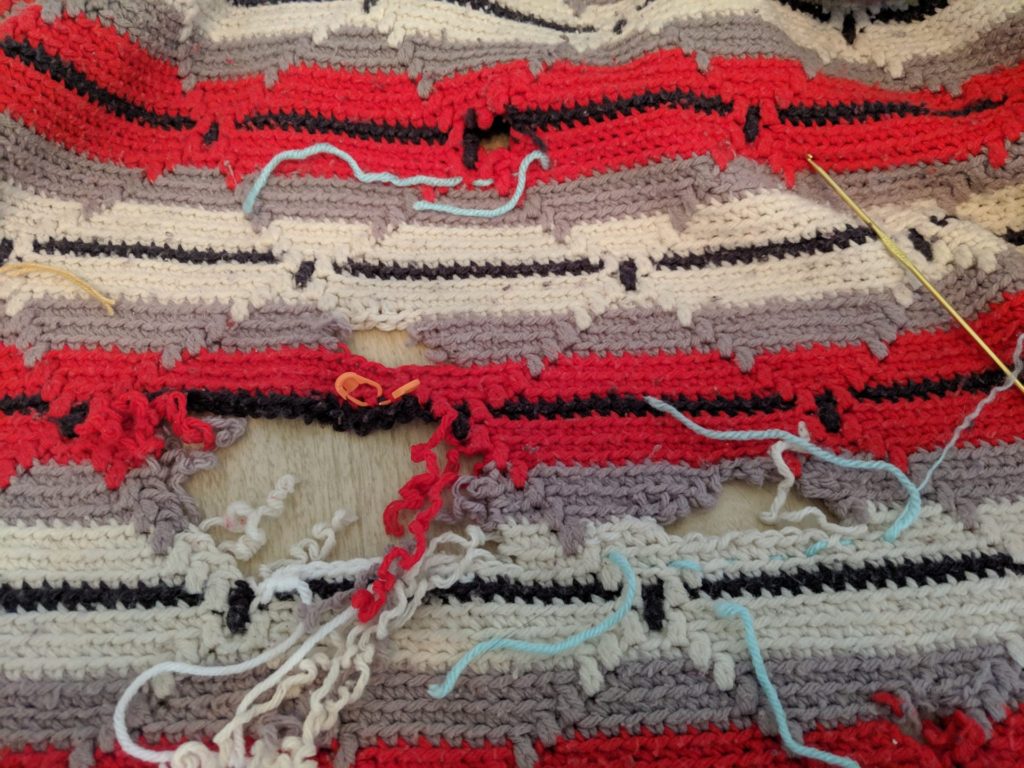
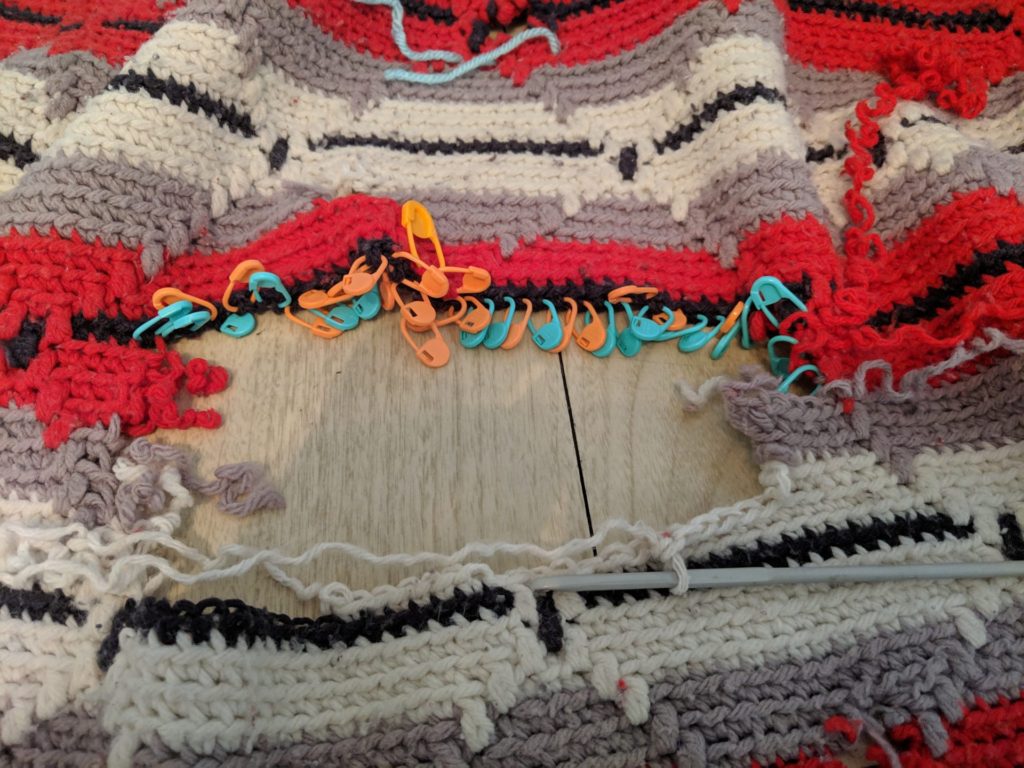
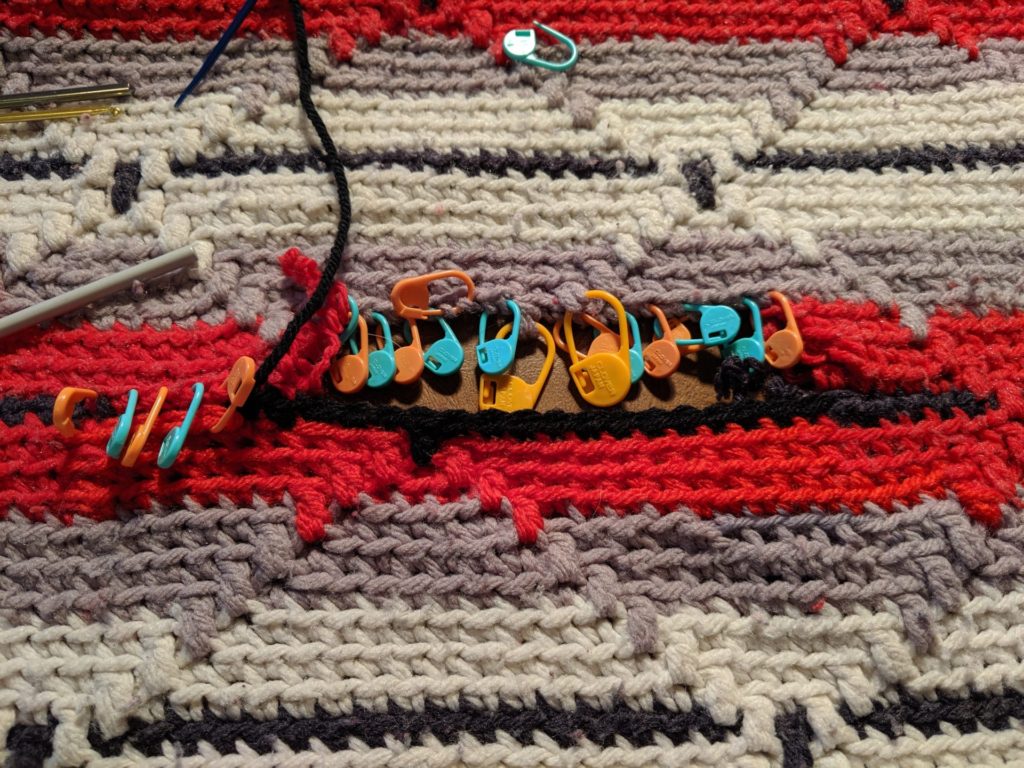
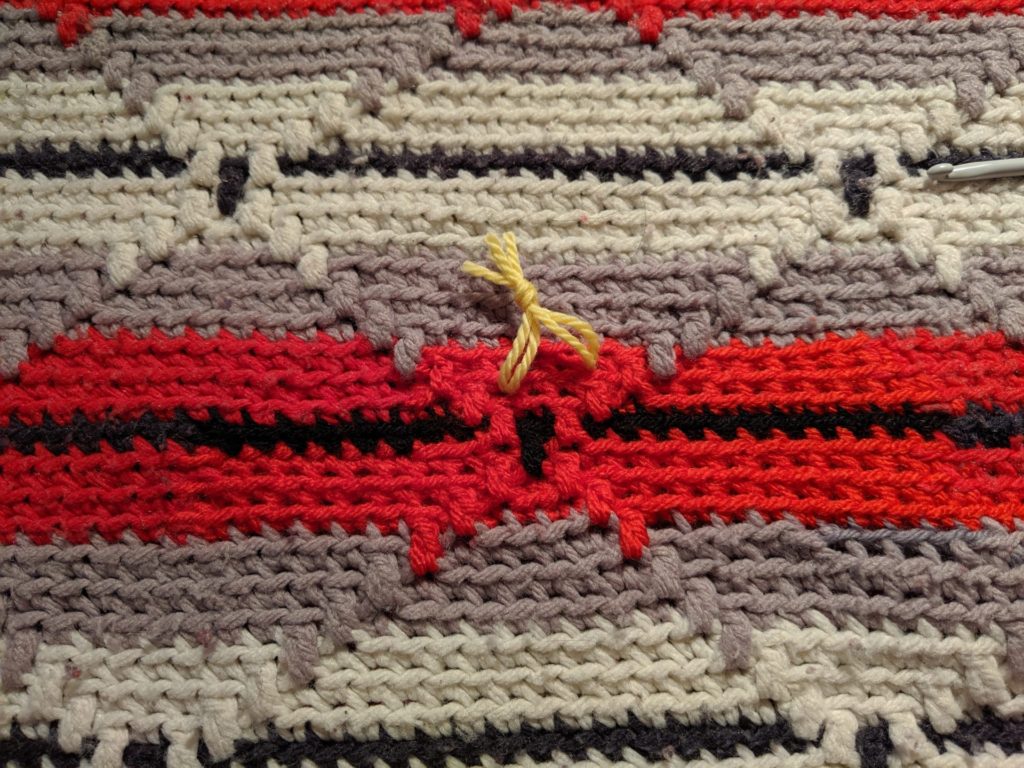
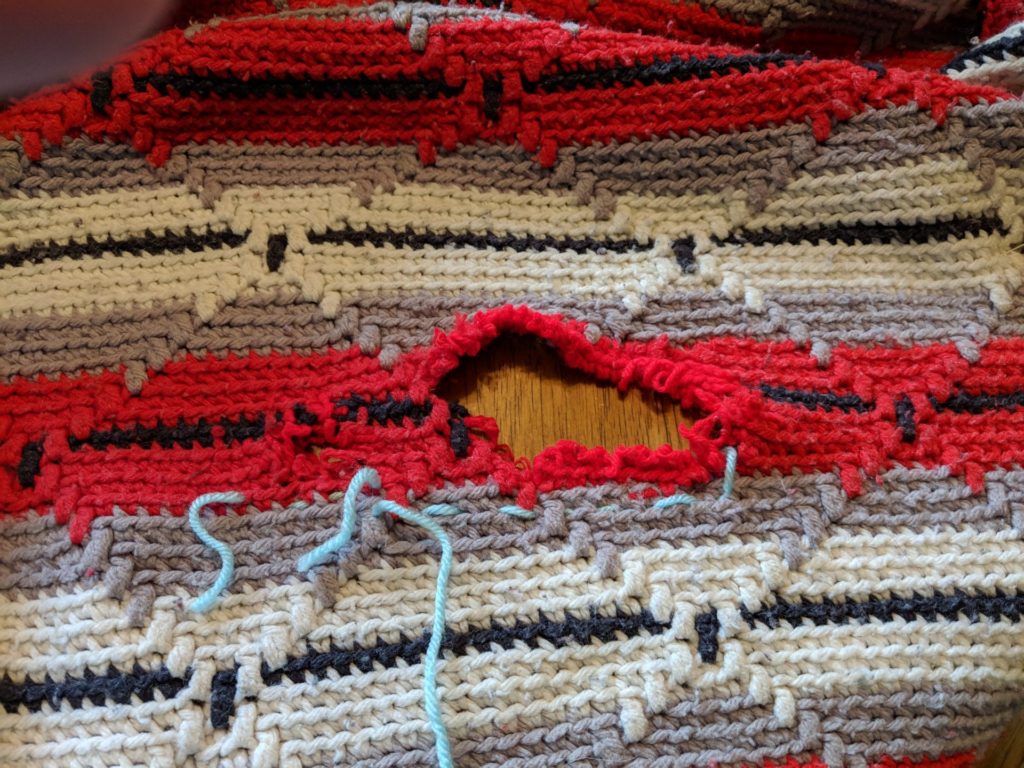
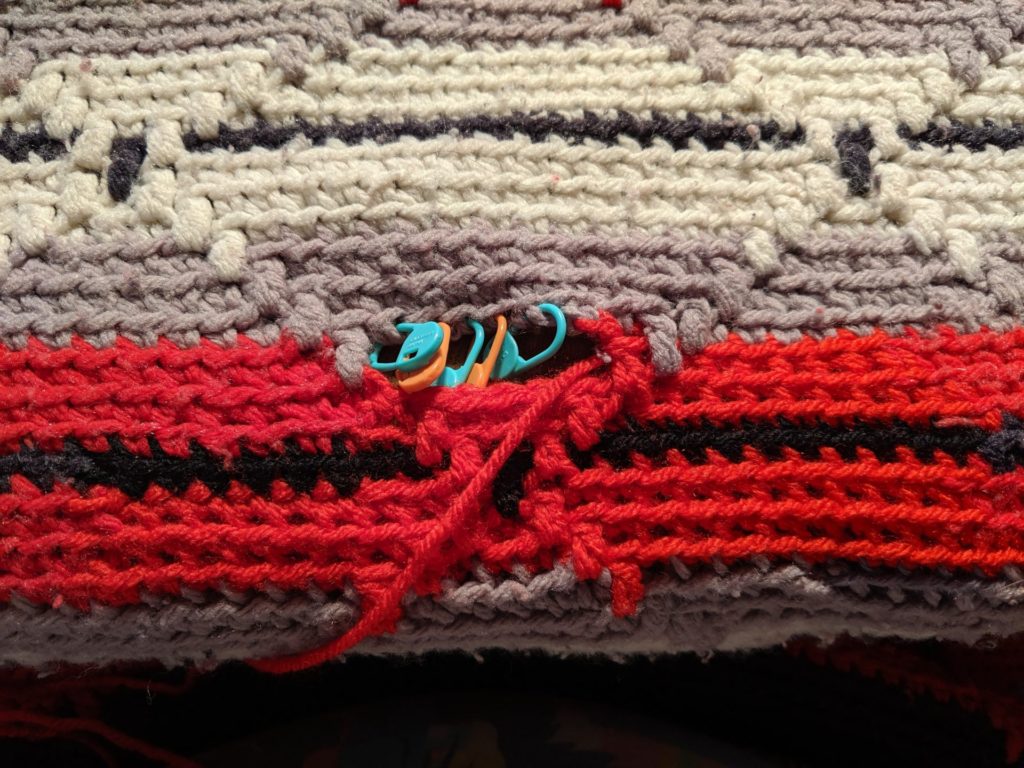
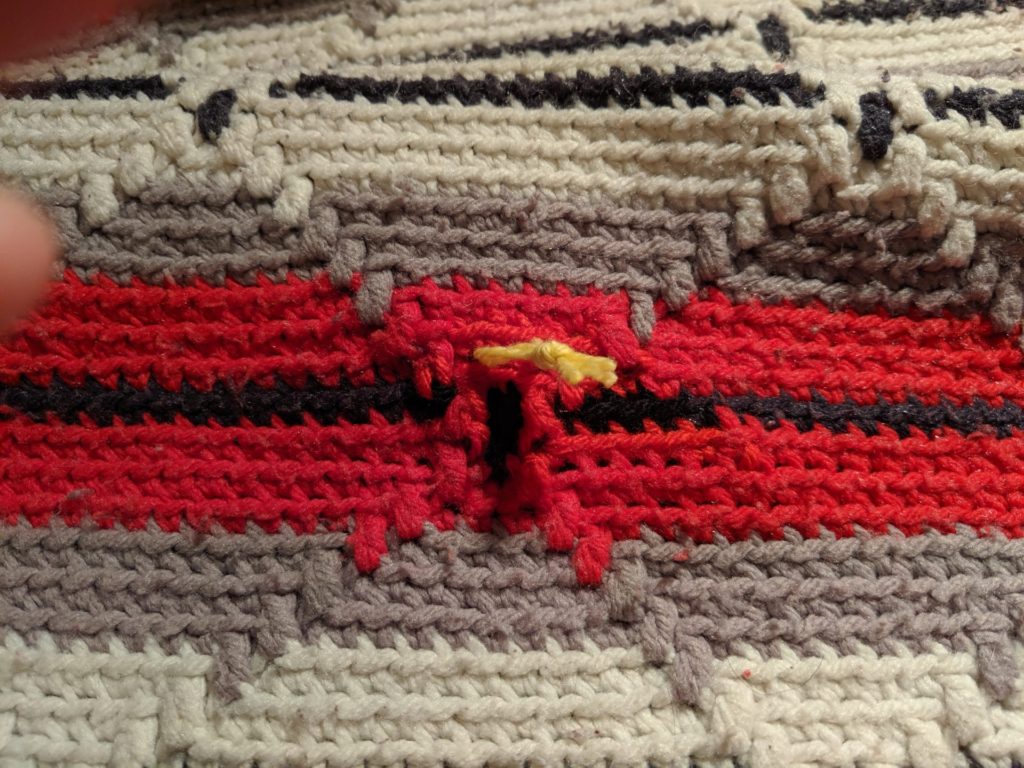
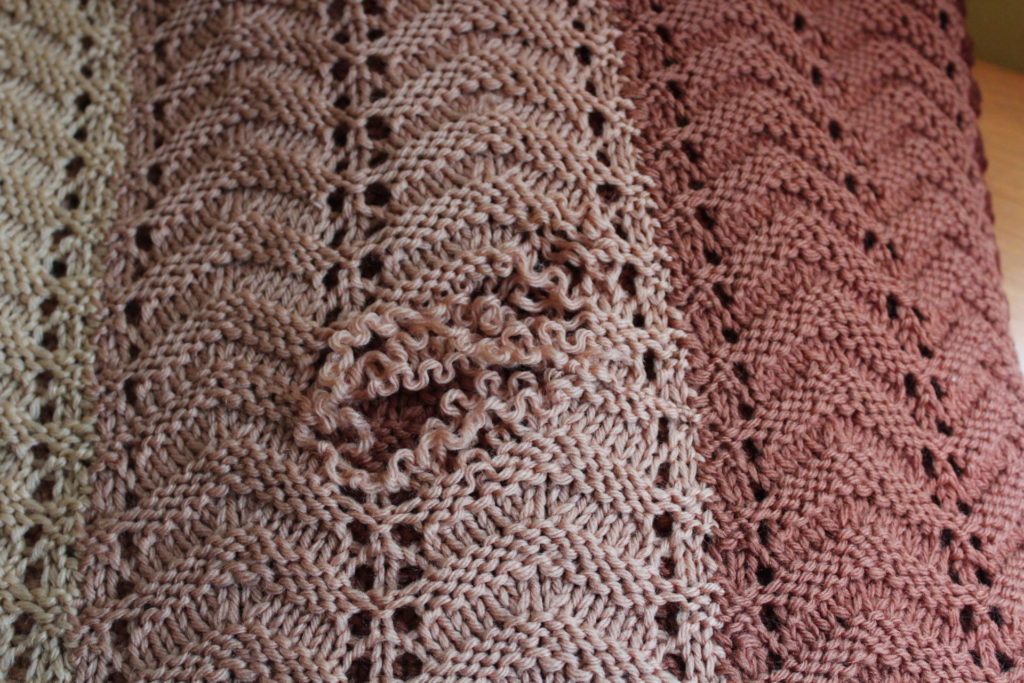
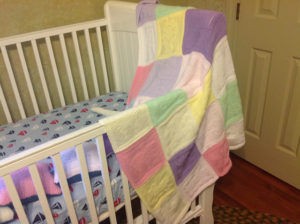
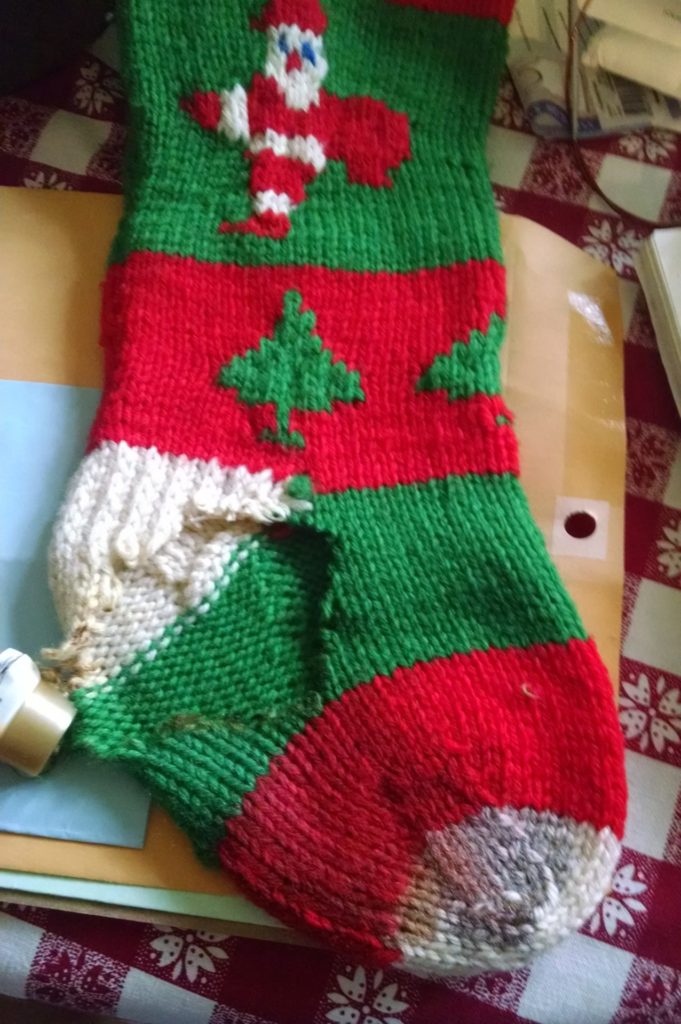
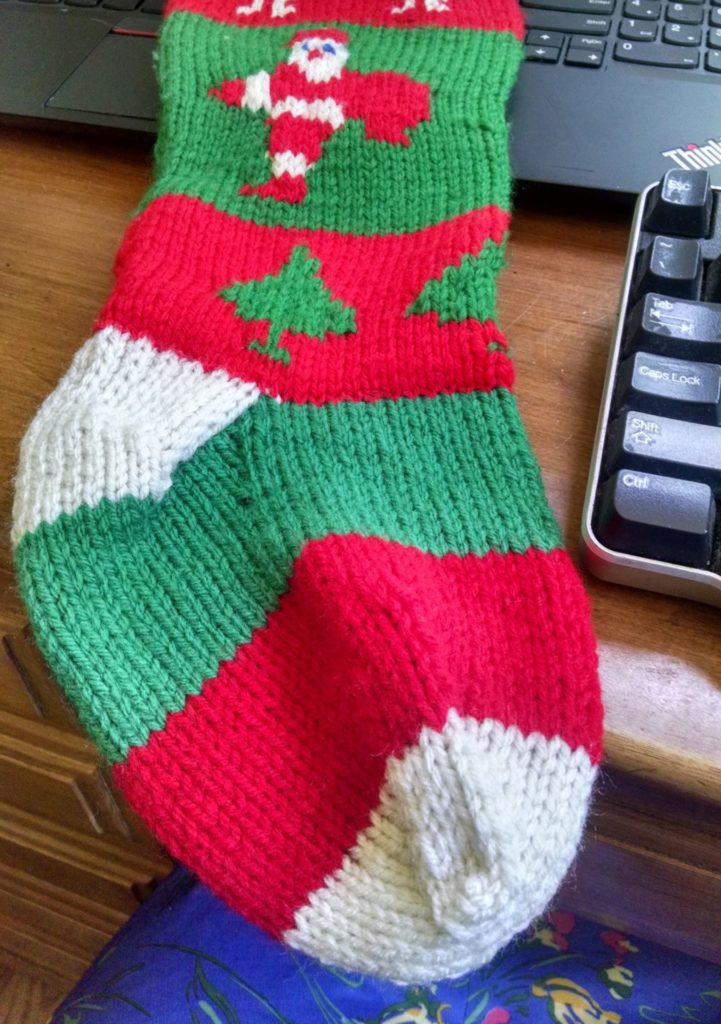
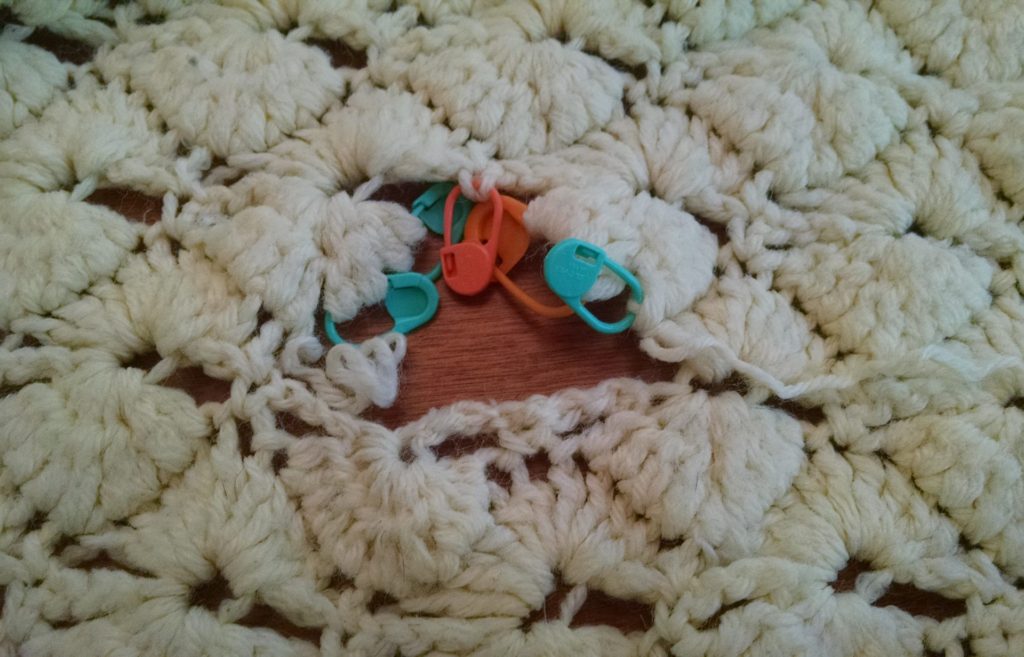
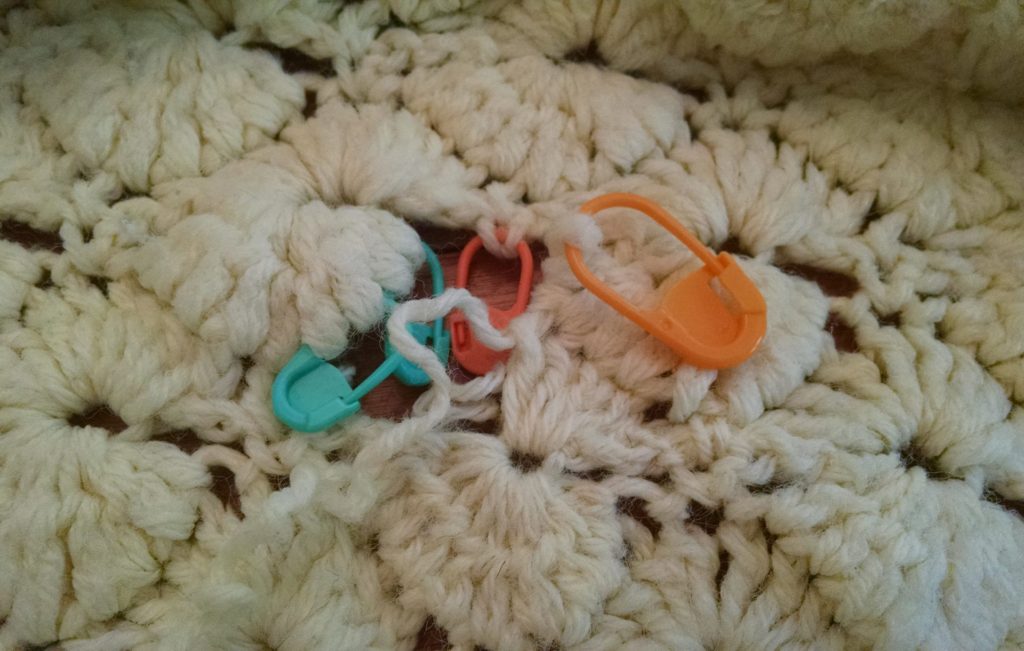
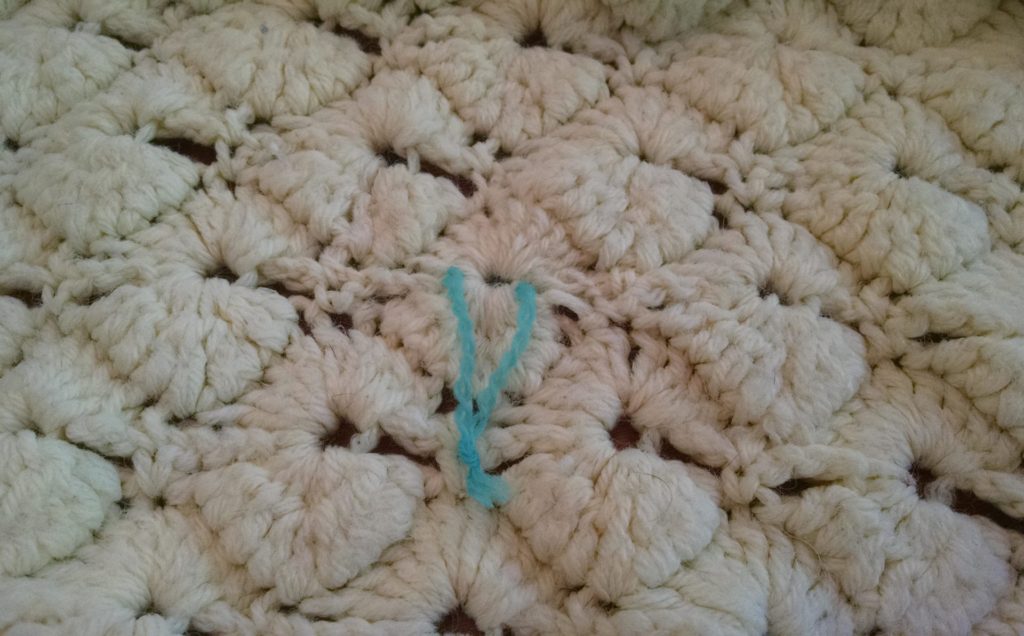
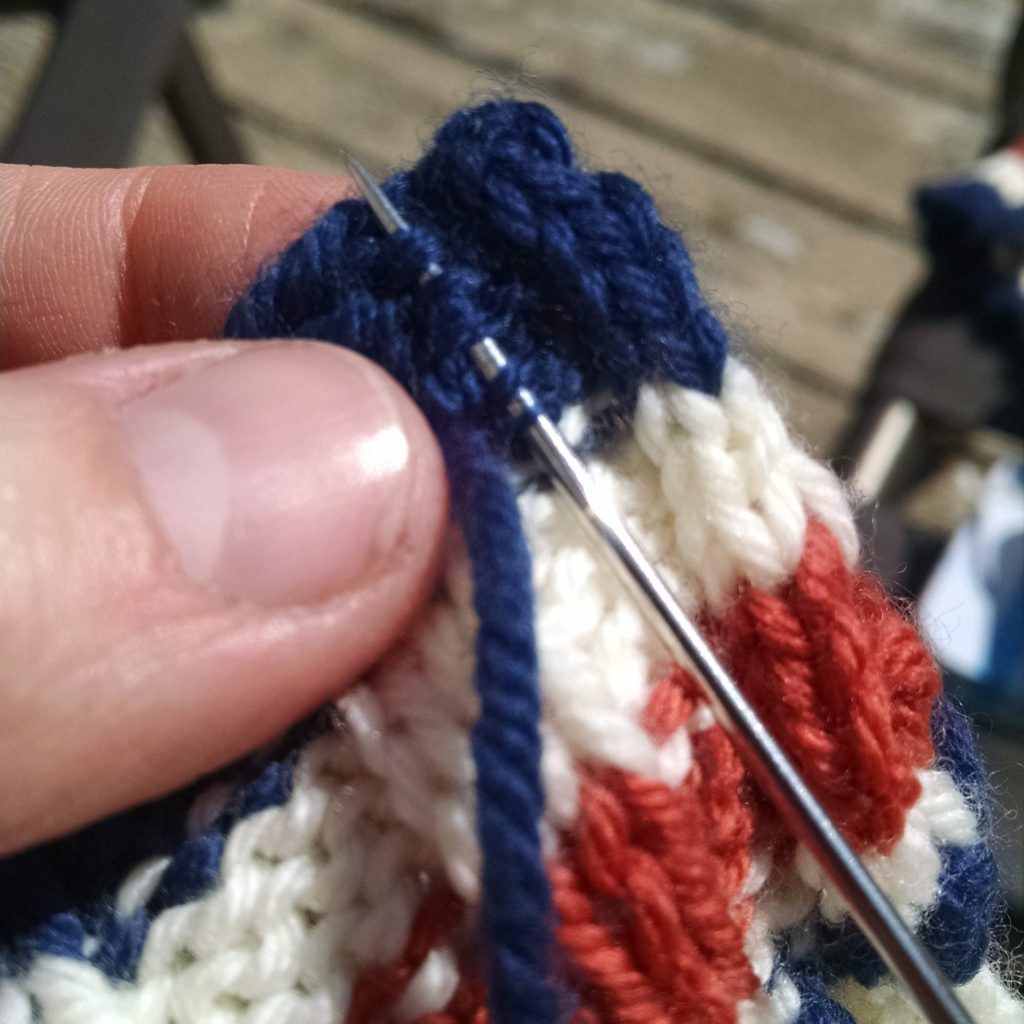
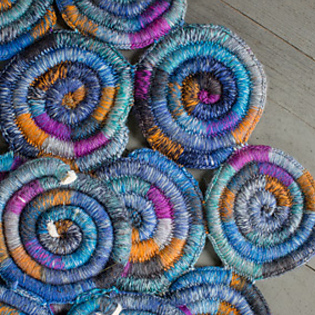
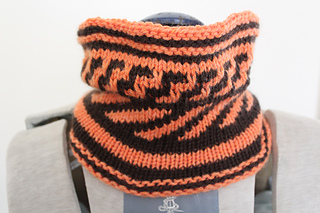
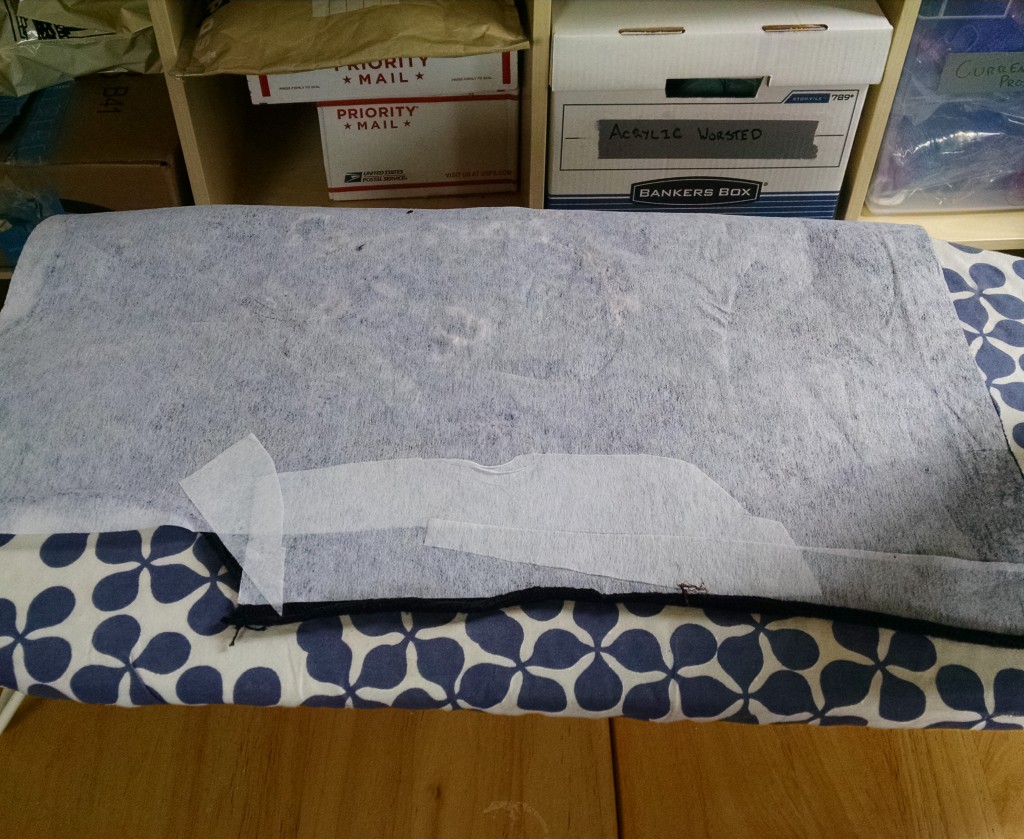
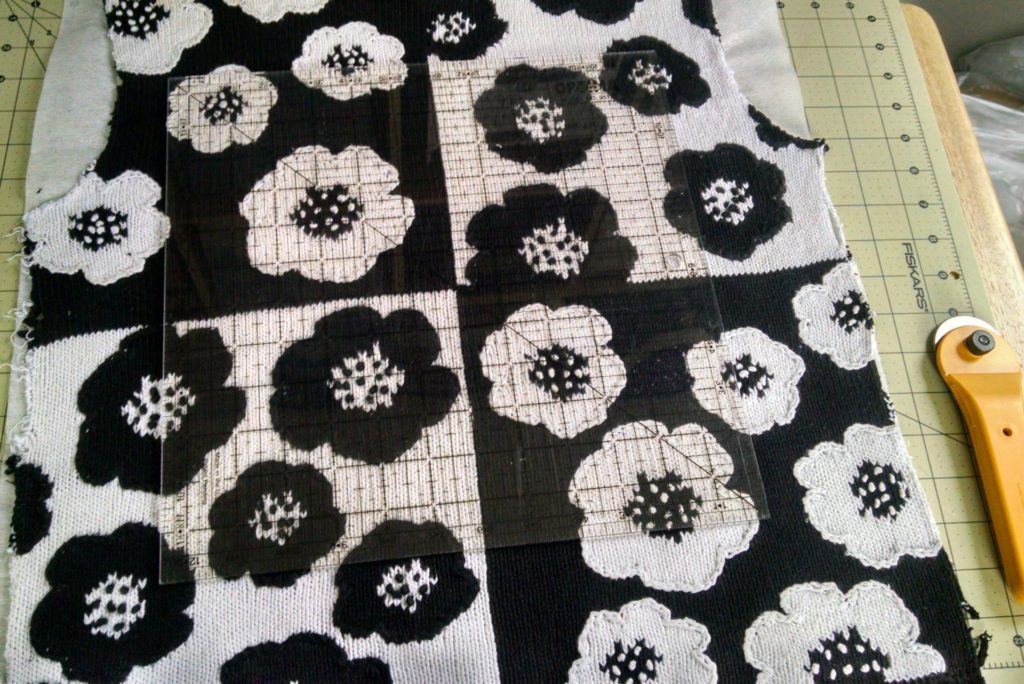
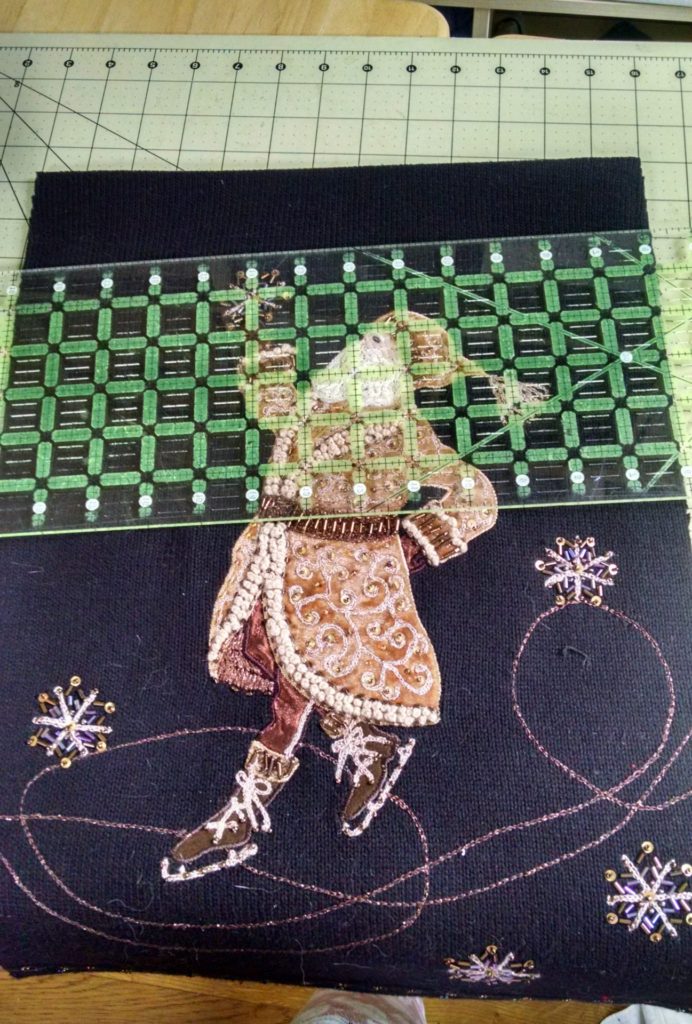
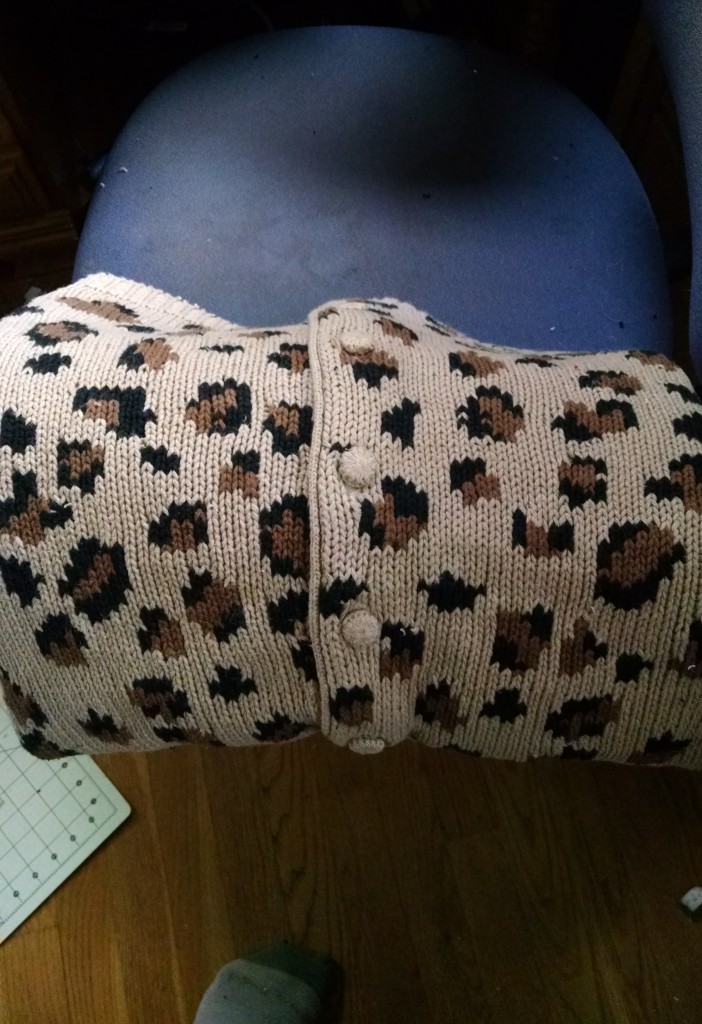
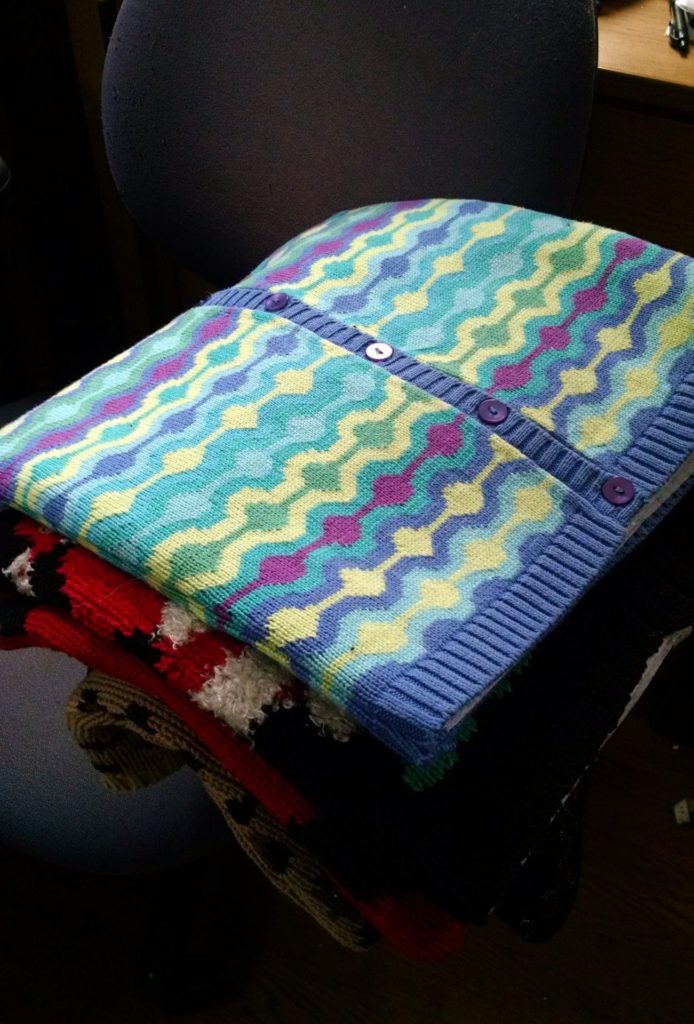
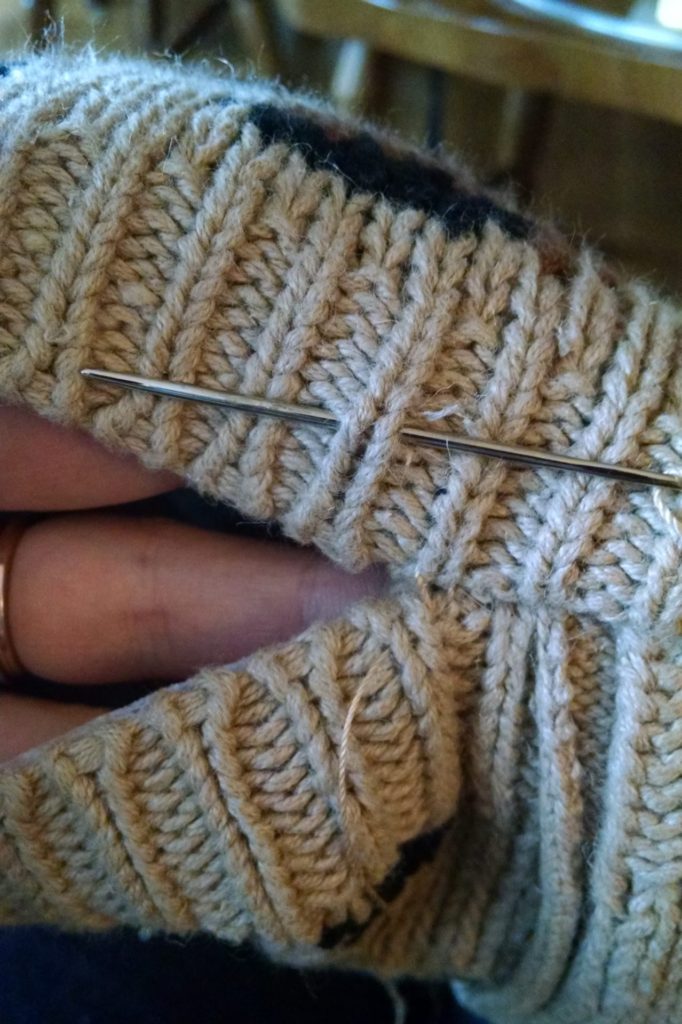
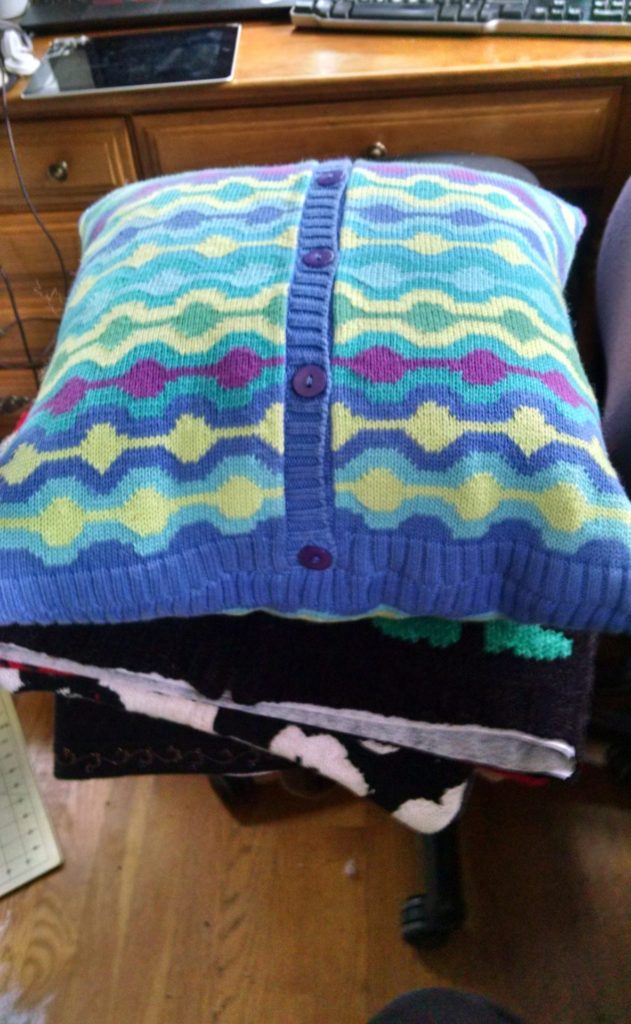
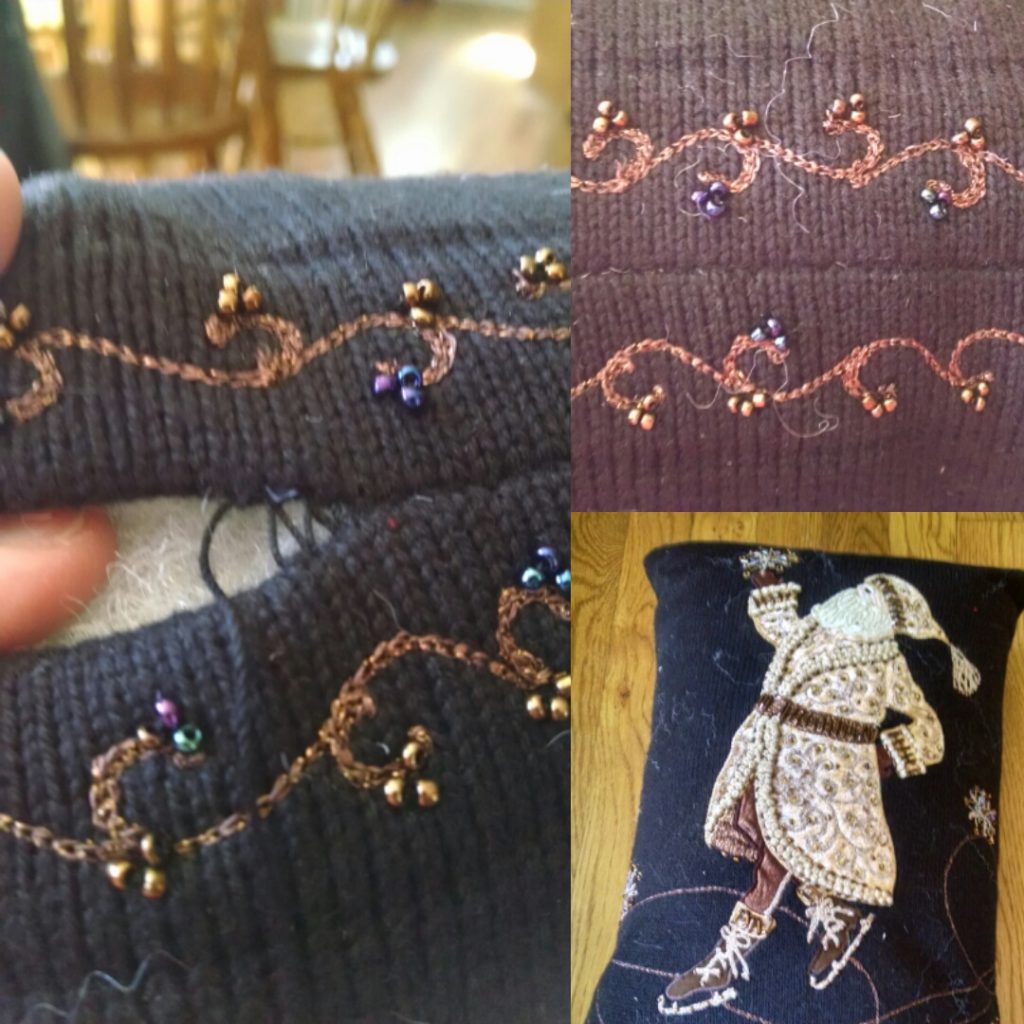
![IMG_20170213_145143730[1]](http://www.tinkingturtle.com/wp-content/uploads/2017/02/IMG_20170213_1451437301-e1487108588826-731x1024.jpg)
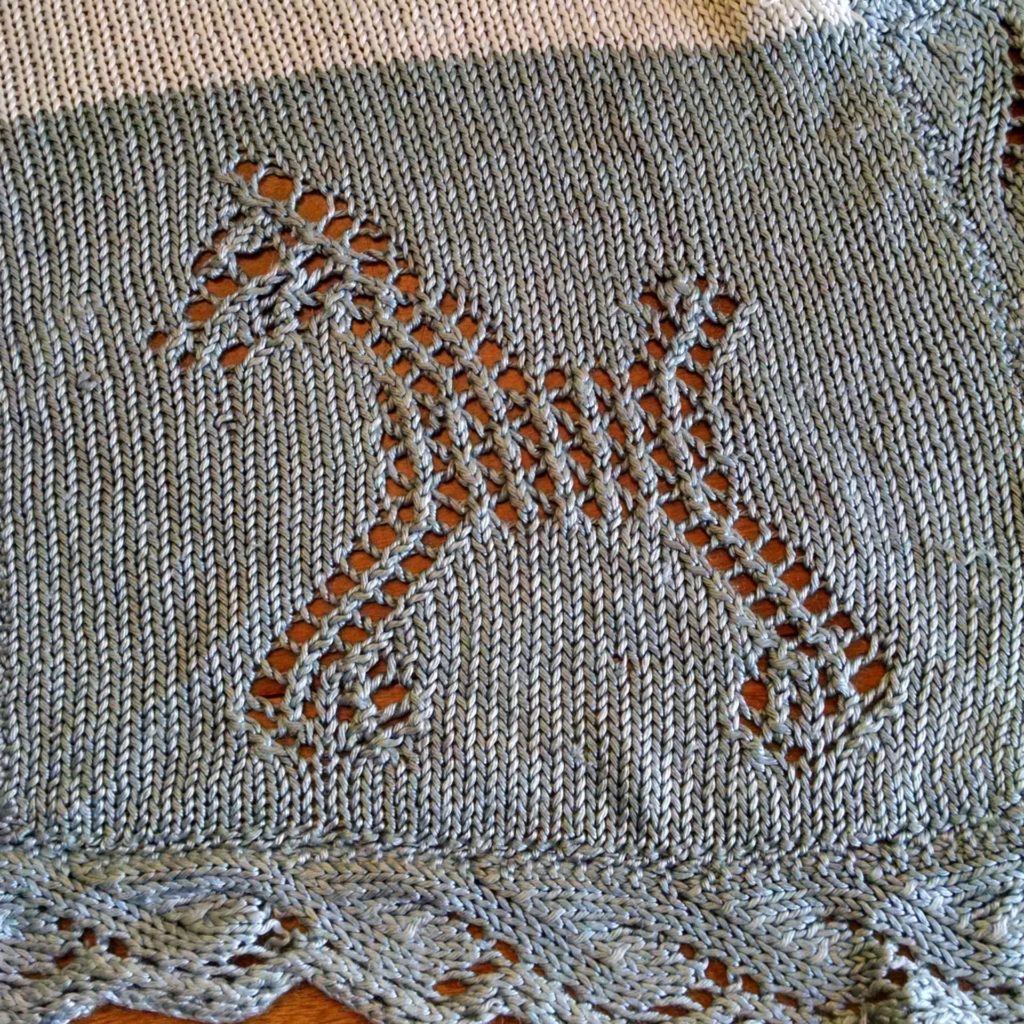
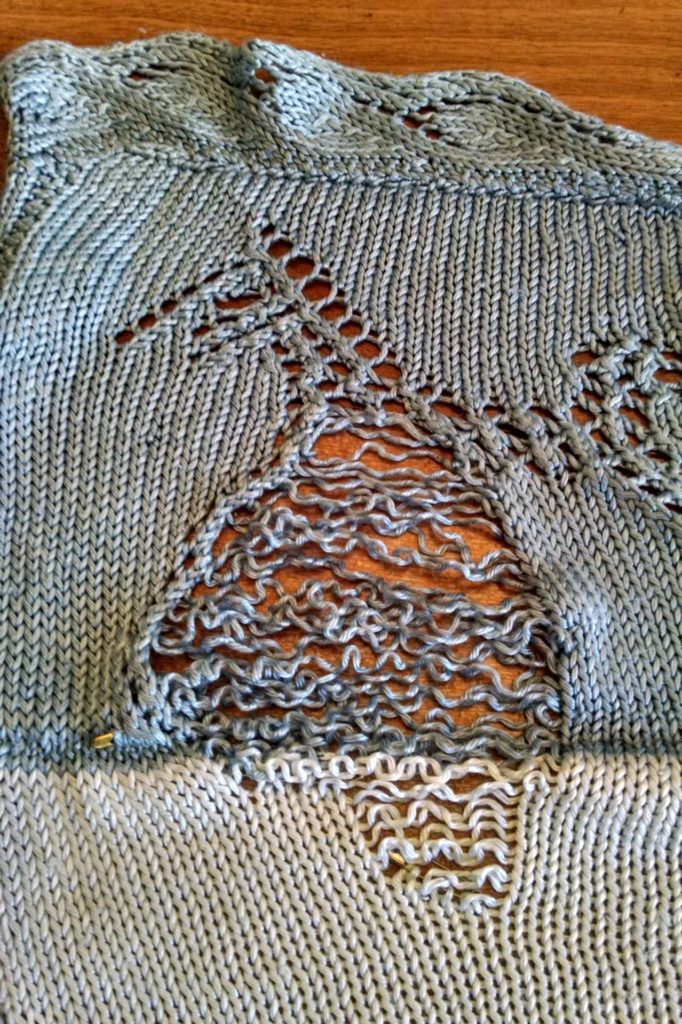
![IMG_20170213_145612480[1]](http://www.tinkingturtle.com/wp-content/uploads/2017/02/IMG_20170213_1456124801-e1487108484310-755x1024.jpg)
![IMG_20170213_150433116[1]](http://www.tinkingturtle.com/wp-content/uploads/2017/02/IMG_20170213_1504331161-e1487108538166-768x1024.jpg)
![IMG_20170213_150454231[1]](http://www.tinkingturtle.com/wp-content/uploads/2017/02/IMG_20170213_1504542311-1024x576.jpg)
![IMG_20170213_150459010[1]](http://www.tinkingturtle.com/wp-content/uploads/2017/02/IMG_20170213_1504590101-1024x576.jpg)
![IMG_20170213_150719612[1]](http://www.tinkingturtle.com/wp-content/uploads/2017/02/IMG_20170213_1507196121-e1487108649602-768x1024.jpg)
![IMG_20170213_152532582_HDR[1]](http://www.tinkingturtle.com/wp-content/uploads/2017/02/IMG_20170213_152532582_HDR1-e1487108694291-693x1024.jpg)
![IMG_20170213_153216265[1]](http://www.tinkingturtle.com/wp-content/uploads/2017/02/IMG_20170213_1532162651-e1487108729952-760x1024.jpg)
![IMG_20170213_155107783_HDR[1]](http://www.tinkingturtle.com/wp-content/uploads/2017/02/IMG_20170213_155107783_HDR1-e1487108780754-768x1024.jpg)
![IMG_20170213_164514165[1]](http://www.tinkingturtle.com/wp-content/uploads/2017/02/IMG_20170213_1645141651-e1487108843906-799x1024.jpg)
